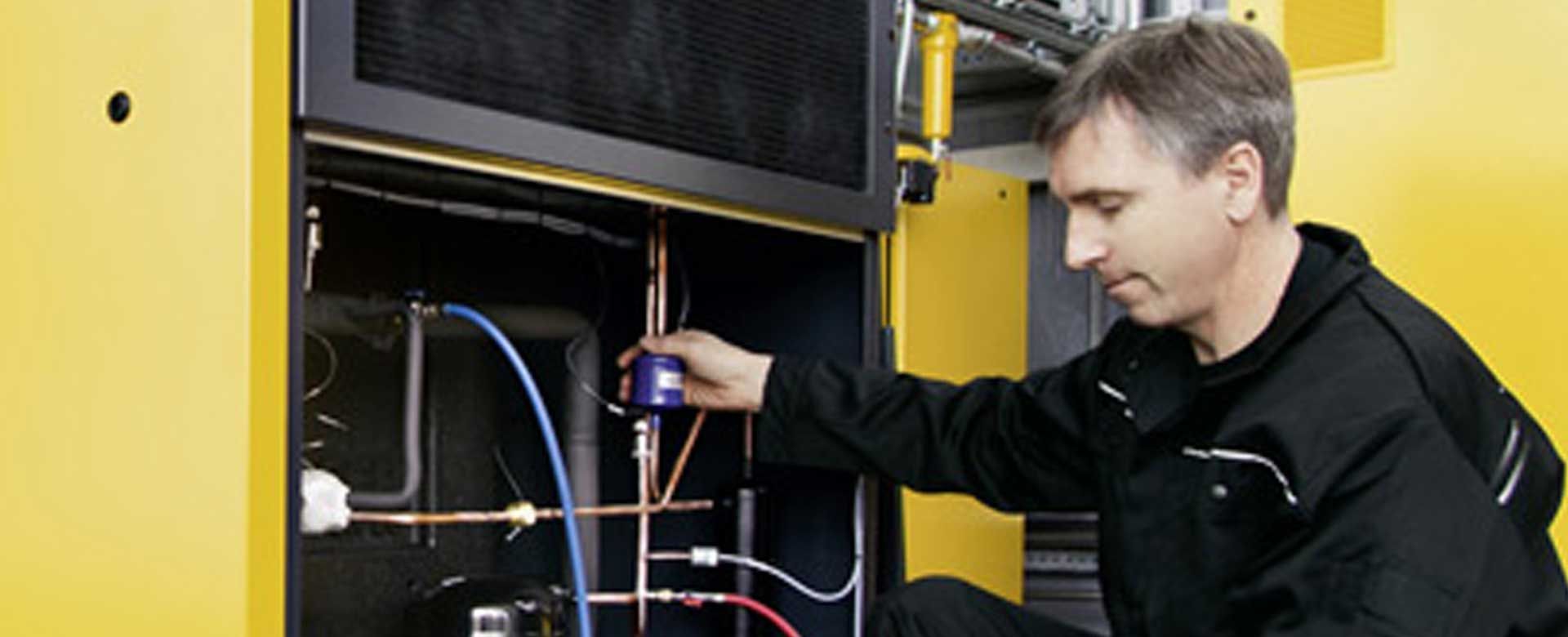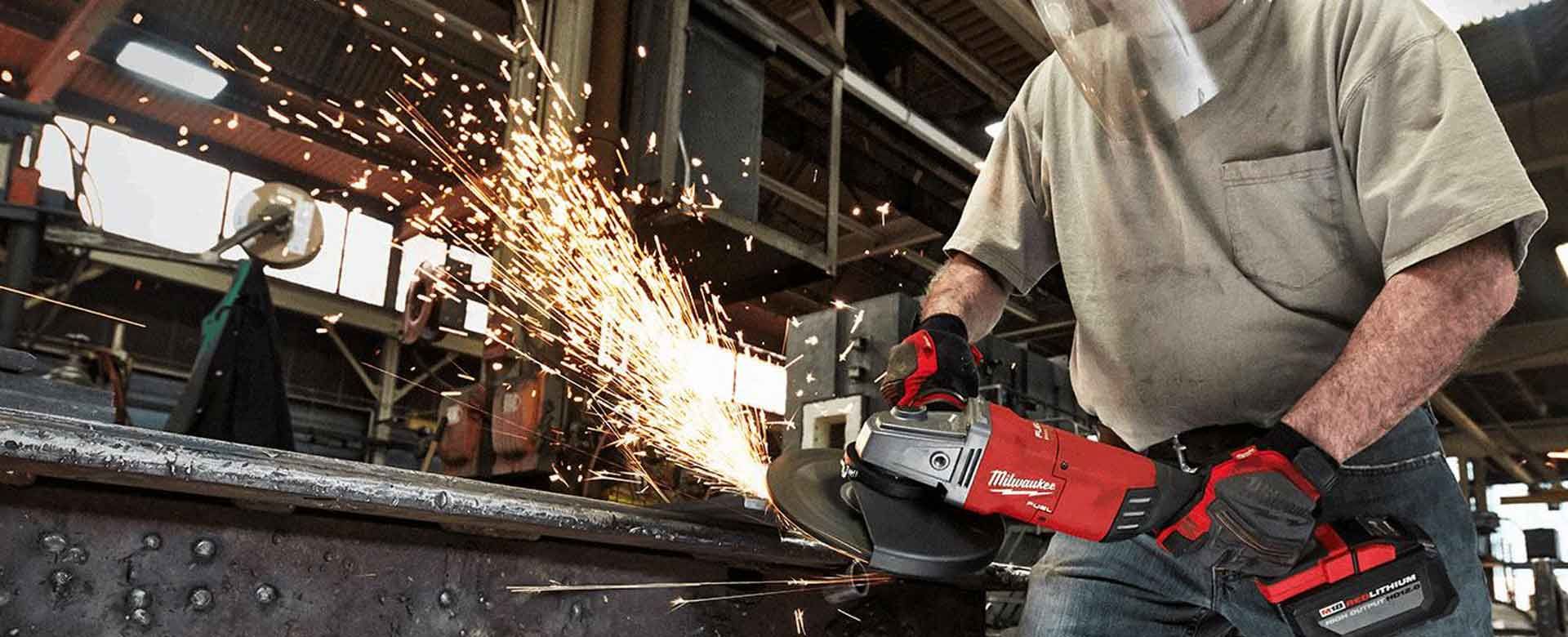- Industrial Supplies
- Coating & Finishing Systems
- Compressed Air Systems
- Assembly Tools
- Industries Served
- Aerospace & Defense
- Automotive & Specialty Vehicles
- Cannabis
- Construction & General Contracting
- Countertop Fabrication & Installation
- Food Processing
- Healthcare & Medical
- Logistics & Distribution
- Manufactured Building & Housing
- Manufacturing
- Metal Fabrication & Steel Works
- Millwork, Cabinetry, & Woodwork
- Packaging
- Pallets & Containers
- Plastics
- School Systems & Universities
- Signage
- Signs & Displays
- Textiles & Nonwovens
- Window & Door Installation
January 9, 2025
What’s ahead: construction in 2025
2025 should be interesting for the construction industry. There’s a lot of buzz surrounding the new technologies, sustainability goals, and market dynamics as well as the drive for housing affordability.
 This year, the construction industry is in the midst of additional transformation. From sustainability initiatives and advanced technologies to shifting labor dynamics, the future of construction is set to be faster, smarter, and greener.
While challenges remain, the opportunities for innovation are vast. Construction companies that adapt to these trends and stay ahead of the curve will be the ones leading the charge into a new era for the industry. Keep an eye on how these shifts unfold — the future looks bright for those building it.
At Elevated, we help construction companies (traditional and offsite construction) get the needed tools, safety gear, industrial supplies, appliances, and more they need to serve their customers better. Contact us!
This year, the construction industry is in the midst of additional transformation. From sustainability initiatives and advanced technologies to shifting labor dynamics, the future of construction is set to be faster, smarter, and greener.
While challenges remain, the opportunities for innovation are vast. Construction companies that adapt to these trends and stay ahead of the curve will be the ones leading the charge into a new era for the industry. Keep an eye on how these shifts unfold — the future looks bright for those building it.
At Elevated, we help construction companies (traditional and offsite construction) get the needed tools, safety gear, industrial supplies, appliances, and more they need to serve their customers better. Contact us!
1. Sustainability takes center stage
As climate change continues to be a pressing concern, sustainability has become one of the forces behind the construction industry. In 2025, expect more buildings to be powered by renewable energy sources, made from sustainable materials, and designed with energy efficiency in mind. Governments worldwide are tightening their regulations around carbon emissions and building sustainability. The European Union, for example, is pushing for a 55% reduction in carbon emissions by 2030, and this is likely to influence construction projects. More developers and contractors will be turning to green building certifications like LEED or BREEAM, as clients demand higher sustainability standards. Additionally, the use of recycled materials in construction is likely to rise. The idea of a circular economy—where materials are reused and waste is minimized—will take off in a big way. This could mean the introduction of more innovative products, such as biodegradable concrete or recycled steel, cutting down on construction’s carbon footprint.2. Tech innovations for building smarter, faster, and safer
The construction sector is known for being somewhat traditional, but it’s embracing technology more. By 2025, expect to see rapid advancements in the use of technology that will help streamline processes and improve safety. AI and automation will play an important role. Automated machines, like robots for bricklaying or drones for surveying, are already being used in certain projects, and their adoption is expected to increase significantly. Artificial intelligence (AI) will be used more for predicting maintenance needs, optimizing designs, and identifying potential risks in real time. Building Information Modeling (BIM) is another tool that’s revolutionizing construction. BIM allows for better planning, design, and management of a project, all from a digital model. By 2025, this technology will be standard practice, leading to more efficient projects and reducing the risk of delays and cost overruns.3. Labor shortages and workforce issues
One of the biggest challenges facing the construction industry is a shortage of skilled labor. The demand for workers is higher than ever, but the industry is struggling to find enough qualified tradespeople to fill needed roles. With an aging workforce and fewer younger workers entering the field, the skills gap is only expected to widen by 2025. To combat this trend, there are solutions emerging. Training programs and apprenticeships have more focus to attract new talent, especially from underrepresented groups. More high schools and trades schools are embracing construction as a wanted career.4. Offsite construction
Modular construction (otherwise known as offsite construction) is gaining momentum. Prefabricating components offsite and doing minimal assembling onsite has advantages. It can speed up building timelines, reduce waste, and lower costs. In fact, according to a study by McKinsey & Company, offsite construction has the potential to increase productivity in the construction industry by 50-60% in the coming years. As the demand for faster, cheaper, and more reliable projects rises, the popularity of prefabrication and modular building techniques will continue to grow. This trend is especially important in urban areas, where space is limited and efficiency is crucial. Prefabricated homes and modular buildings are being used more and more in the development of affordable housing, especially as housing shortages become a global issue.Elevating construction
 This year, the construction industry is in the midst of additional transformation. From sustainability initiatives and advanced technologies to shifting labor dynamics, the future of construction is set to be faster, smarter, and greener.
While challenges remain, the opportunities for innovation are vast. Construction companies that adapt to these trends and stay ahead of the curve will be the ones leading the charge into a new era for the industry. Keep an eye on how these shifts unfold — the future looks bright for those building it.
At Elevated, we help construction companies (traditional and offsite construction) get the needed tools, safety gear, industrial supplies, appliances, and more they need to serve their customers better. Contact us!
This year, the construction industry is in the midst of additional transformation. From sustainability initiatives and advanced technologies to shifting labor dynamics, the future of construction is set to be faster, smarter, and greener.
While challenges remain, the opportunities for innovation are vast. Construction companies that adapt to these trends and stay ahead of the curve will be the ones leading the charge into a new era for the industry. Keep an eye on how these shifts unfold — the future looks bright for those building it.
At Elevated, we help construction companies (traditional and offsite construction) get the needed tools, safety gear, industrial supplies, appliances, and more they need to serve their customers better. Contact us! Author: Tami Matthews
Tami Matthews is the Director of Marketing at Elevated Industrial Solutions. She’s spent 20+ years in marketing, focusing on writing, public relations, digital marketing, and content marketing. Before coming to Elevated in December 2020, she worked for a number of high-tech companies. Writing is one of her favorite pastimes. In her spare time, she volunteers for a number of causes including the Kunsmiller Creative Arts Academy working on the PTO. She also hikes with her husband and begrudging daughter.
Resource categories
Newsletter
Use the form below to register for our newsletter
Share
Related resources
& expert advice -
 December 2, 2019
December 2, 20197 common air compressor maintenance mistakes
When it comes to your business, compressed air represents a significant operating cost. Between the compressor, system, installation, and maintena… -
 June 2, 2020
June 2, 2020Buying an air compressor – what you need to know
Buying an air compressor is complicated and requires some expert knowledge. Not everyone involved in the buying process is a facility or plan engi… -
 December 28, 2020
December 28, 2020All about Milwaukee Tool
Wisconsin is known for a lot of things – the Packers, “going up North” (for those not in Wisconsin that means vacationing), hockey, fishing, weari…
Products & services
Industries served & resources